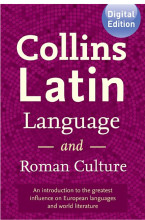Brain and Behavior - Basis Concepts of Neuroscience
6 important questions on Brain and Behavior - Basis Concepts of Neuroscience
Why do we study the brain?
What are the costs and benefits of complexity?
However, complexity is expensive. Complex systems take more energy and are more fragile than simpler systems. With more parts involved, it is easier for something to go wrong.
How costly is our brain?
In other words, it uses up to ten times as much of the body's resources as would be expected for its weight.
- Higher grades + faster learning
- Never study anything twice
- 100% sure, 100% understanding
What terminology is important in brain anatomy?
Superior and inferior refer to top and bottom, respectively, as do the Latin words dorsal and ventral.
Lateral refers to outside, while medial refers to the inside.
How dot the Latin terms differ from the English ones?
Rostral and caudal are the Latin words for head and tail.
Likewise, dorsal and ventral refer to the back and belly of a body (as in the dorsal fin of a shark).
Medial means close to the body's midline while lateral means away from it.
Nonetheless, when we speak about the brain, rostral and caudal are generally understood to mean front and back, dorsal and ventral to mean top and bottom, and medial and lateral inside and outside.
What have we learned from animals?
Legally and ethically, we can perform much more invasive procedures on animal brains than we can on living human brains. Additionally, comparison of the brains of many different kinds of animals gives us critical insight into brain evolution.
The question on the page originate from the summary of the following study material:
- A unique study and practice tool
- Never study anything twice again
- Get the grades you hope for
- 100% sure, 100% understanding
































